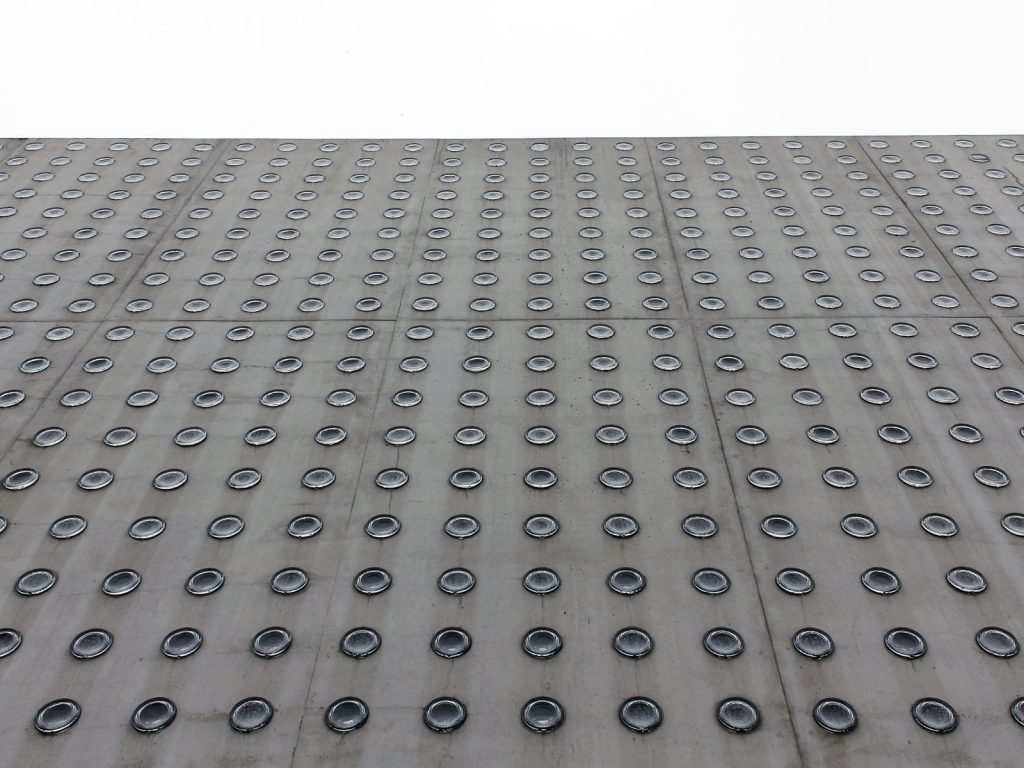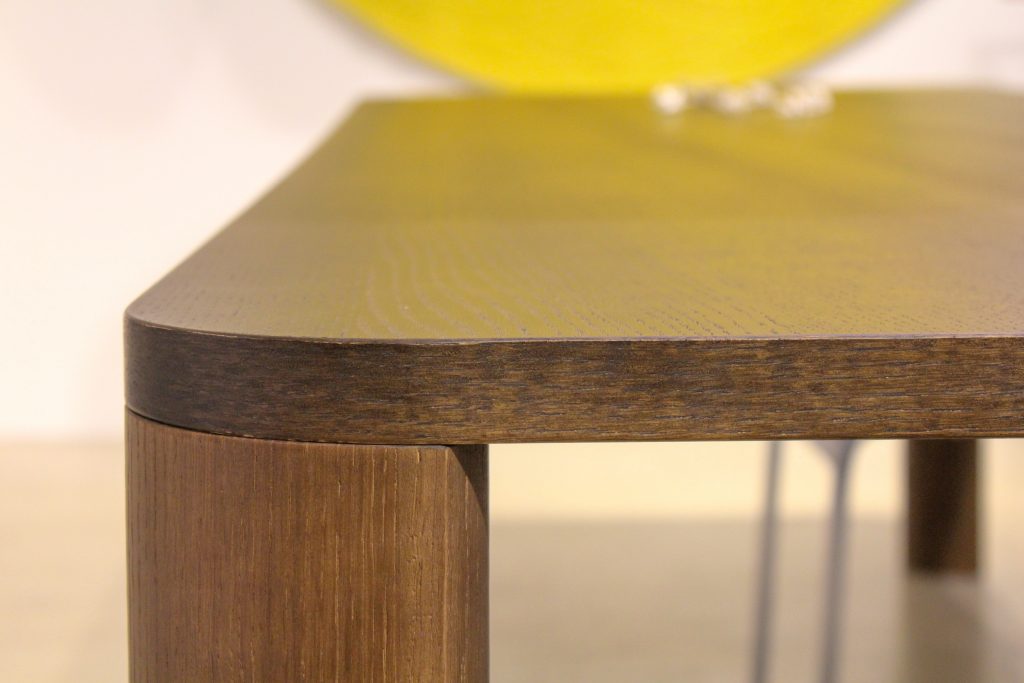Stockholm Creative Edition: Glass, Wood + Metal
Functional and futuristic uses of classic materials at the inaugural event celebrating Swedish design

On now through 29 September, Stockholm Creative Edition (a brand new independent design week) adds to the vibrant design scene in Europe—and follows the renewed Milan Design Week and effervescent 3 Days Of Design in Copenhagen. Dedicated to Swedish design, Stockholm Creative Edition (founded by Ulrika Kjellstöm Attar and Philippe Attar) is a week of exhibitions, presentations and workshops that celebrate Nordic creativity in the present and future through the work of emerging and established individuals and companies. Visiting the multiple locations of this event, it’s clear that wood, glass and metal continue to be favorite materials in Scandinavian design, but are being interpreted in refreshing new ways. Here, we focus on some of the most appealing works using those three timeless and boundless materials.

Glass
Monica Förster was involved in launching Subjective, a new brand founded by Ruben Schildt and Sebastian Schildt of Oxenstiernan restaurant. Initially intended for use only at the Östermalm-located eatery but now production, the collection includes plates, glasses, tablecloths and other dining-related pieces made by local artisans with respect for tradition and sustainability. Förster designed the Babushka, a multipurpose glass container that comes in three sizes. The lid also works as a lens to enlarge and enhance the bowl’s contents, which can be anything from food to flowers.

Clever use of glass also exists in the façade of Liljevalchs+, the newly completed extension of one of Stockholm’s most beloved museums. Architect Gert Wingårdh enlisted potter and designer Ingegerd Råman for the conception of the the façade, a concrete wall interspersed with 6,860 glass cups. This solution guarantees an influx of natural light. Until 17 October, Liljevalchs+ pays homage to Råman through an exhibition of stunning glass vases, one-off pieces born from years of experimentation with this noble yet common material.

Wood
Made from oat or walnut, the Hercule, a playful but practical coat-hanger by Massproductions is on display in the exhibition Who Are You Hercule? wherein studio Specific Generic has transformed the product into an illustrated character. “When I presented it everyone told me that it looked like the nose of an animal or even a person,” says designer Chris Martin. With that in mind, the installation plays with projections that animate the illustrations by Patrik Mollwing.

Wood is also a fundamental part of the collection by Asplund, a company that has been promoting young Scandinavian designers since 1990. The Moci dining table boasts legs that gently join with the top, forming elegant curves and a style that unites elements from Sweden and Japan. Creative director Sandra Adrian Asplund tells us, “At the Malmstens Linköping University graduate show, I saw a coffee table designed by Moa Sjöberg. I immediately thought that it could be transformed into a minimal and elegant table.”

Metal
Classic Swedish interior design involves extensive use of candles, creating not just light, but also a sense of warm harmony—especially in the long winter months. In her research, designer Margarita Matiz Bergfeldt discovered multigraph photography, a technique that allows multiplying subjects through a clever use of mirrors. Fascinated by this simple trick, she wondered if it was possible to attempt something similar to multiply the light of a candle. The result is Twilight, a wall-mounted candle-holder produced by Klong, for which metal surfaces in two finishes amplify the light, even in the darkest corners of the house. This lovely piece can be used as a vase.

Widely used in office furniture (a realm where Swedish designers reign), metal has been cleverly employed by Lammhults for the Corso Easy chair, a straightforward item based on a tubular metal structure and a leather or canvas seat (that nods to Peter Andersson‘s work). Intended for the office, its rounded form could also accent other locations. In addition, it can be disassembled—and it uses few materials, ensuring a lower environmental impact.
Hero image courtesy of Lammhults












